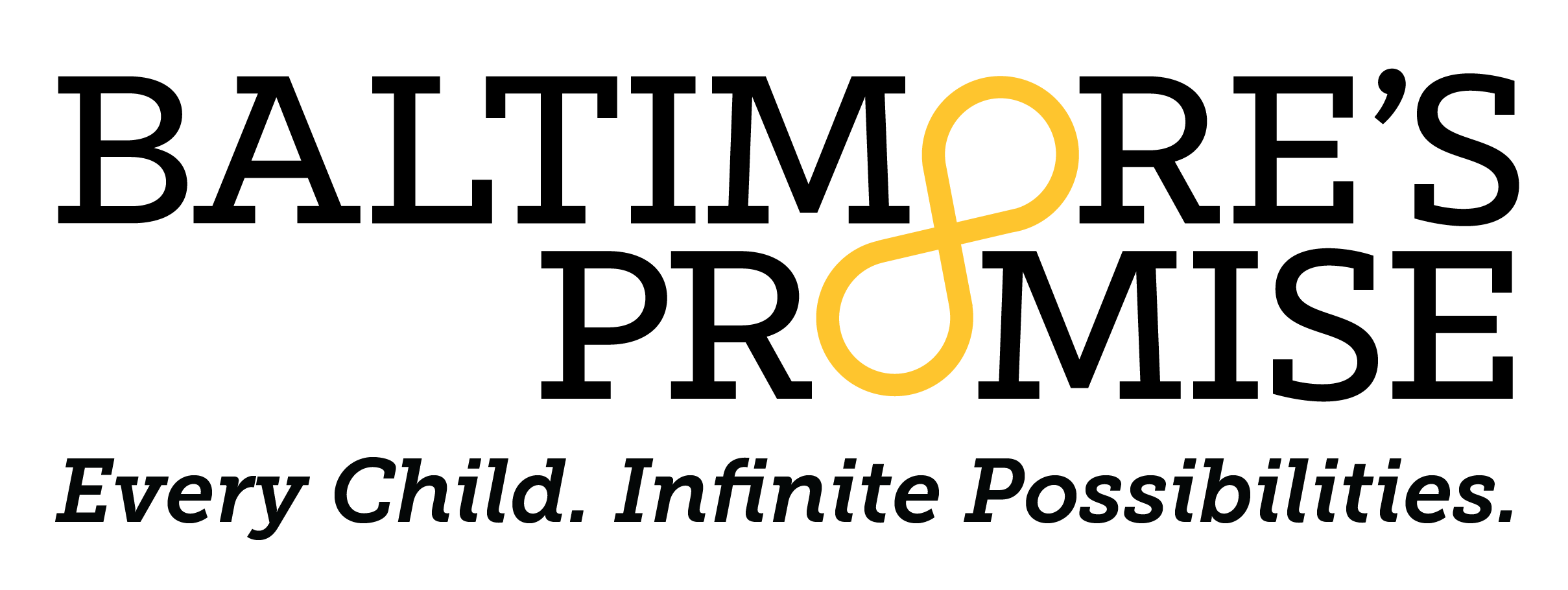Baltimore City Youth Data Scorecard
Kindergarten Readiness Indicator Details (see below)
Kindergarten Readiness Details
What is Kindergarten Readiness?
The Kindergarten Readiness Assessment (KRA) is administered to kindergarten students in the state of Maryland to measure their preparedness to enter school. As of the 2022-2023 school year, all Maryland schools are required to administer the KRA to incoming students on or before October 10. Before this school year, Maryland school districts had the choice whether to administer the KRA to all students or to a sample of students. Baltimore City has historically administered the test to all students. The assessment endeavors to measure children’s readiness for school across four domains:
Social Foundations
Language and Literacy
Mathematics
Physical Well-Being and Motor Development
Nearly half of the content on the KRA is evaluated using teacher observations.
How is Kindergarten Readiness Calculated?
Based on scores on the four domains of the KRA, students are categorized into one of three readiness levels:
Demonstrating Readiness: A child demonstrates the foundational skills and behaviors that prepare them for curriculum based on the kindergarten standards.
Approaching Readiness: A child exhibits some of the foundational skills and behaviors that prepare them for curriculum based on the kindergarten standards.
Emerging Readiness: A child displays minimal foundational skills and behaviors that prepare them for curriculum based on the kindergarten standards.
How are we doing on this measure?
According to research conducted by the Baltimore Education Research Consortium (BERC), KRA results are highly correlated with other measures of success. Specifically, Baltimore City students who achieve a Demonstrating Readiness level on the KRA are significantly less likely to be chronically absent at the end of the year compared to peers at lower readiness levels. Further, Baltimore City students who Demonstrate Readiness on the KRA are more likely to score well on early literacy benchmarks as measured by DIBELS, and perform better than their peers on standardized tests in third grade.
The percentage of students who Demonstrated Readiness on the KRA decreased significantly across the state of Maryland in the 2021-2022 school year (listed as 2022 on the scorecard), including in Baltimore City. Just 25% of students were Demonstrating Readiness on the KRA in Baltimore City in 2021-2022 compared to 37% of students in the last administered test before the pandemic in the 2019-2020 school year. The most recent results from the 2022-2023 school year show a massive recovery from the pandemic-related challenges experienced the year before: In 2022-2023, 33% of students in Baltimore City were Demonstrating Readiness on the KRA. These levels are still below the state average and below pre-pandemic percentages, indicating the need for improvement to ensure students enter Kindergarten ready to succeed.
White Baltimore kindergarten students have consistently Demonstrated Readiness on the KRA at higher levels than their Black/African American peers. In the 2022-2023 school year, 34% of Black/African American kindergartners Demonstrated Readiness on the KRA compared to 57% of White kindergarten students. Meanwhile, only 19% of Hispanic/Latino kindergarten students Demonstrated Readiness on the KRA in 2022-2023. The readiness gaps between race and ethnicity student subgroups has been largely consistent over the past few years.
On February 28, 2024, The Maryland Department of Education announced that the state will adopt a new Kindergarten assessment as the one currently being used was found to be biased against bilingual or multilingual learners.
A note on labels for youth subgroups related to race, ethnicity, and gender:
Because different data sources may use unique labels for different racial, ethnic, and gender subgroups, the Baltimore City Youth Data Scorecard does not have consistent labels for subgroups across the 20+ indicators. For example, the Kindergarten Readiness Assessment Report, which informs our Kindergarten Readiness indicator, labels subgroups as “Black/African American,” “Hispanic/Latino,” and “White.” Data from the American Community Survey from the US Census, which informs several of our indicators, labels similar subgroups as “Black or African American,” “Hispanic,” and “White.” In order to not misrepresent or mistranslate data from indicator sources, we always keep the same labels used by each individual data source. For more details about our data sources, see the data source linked in each graph, the additional details provided in links above, or email James Sadler at james@baltimorespromise.org.

